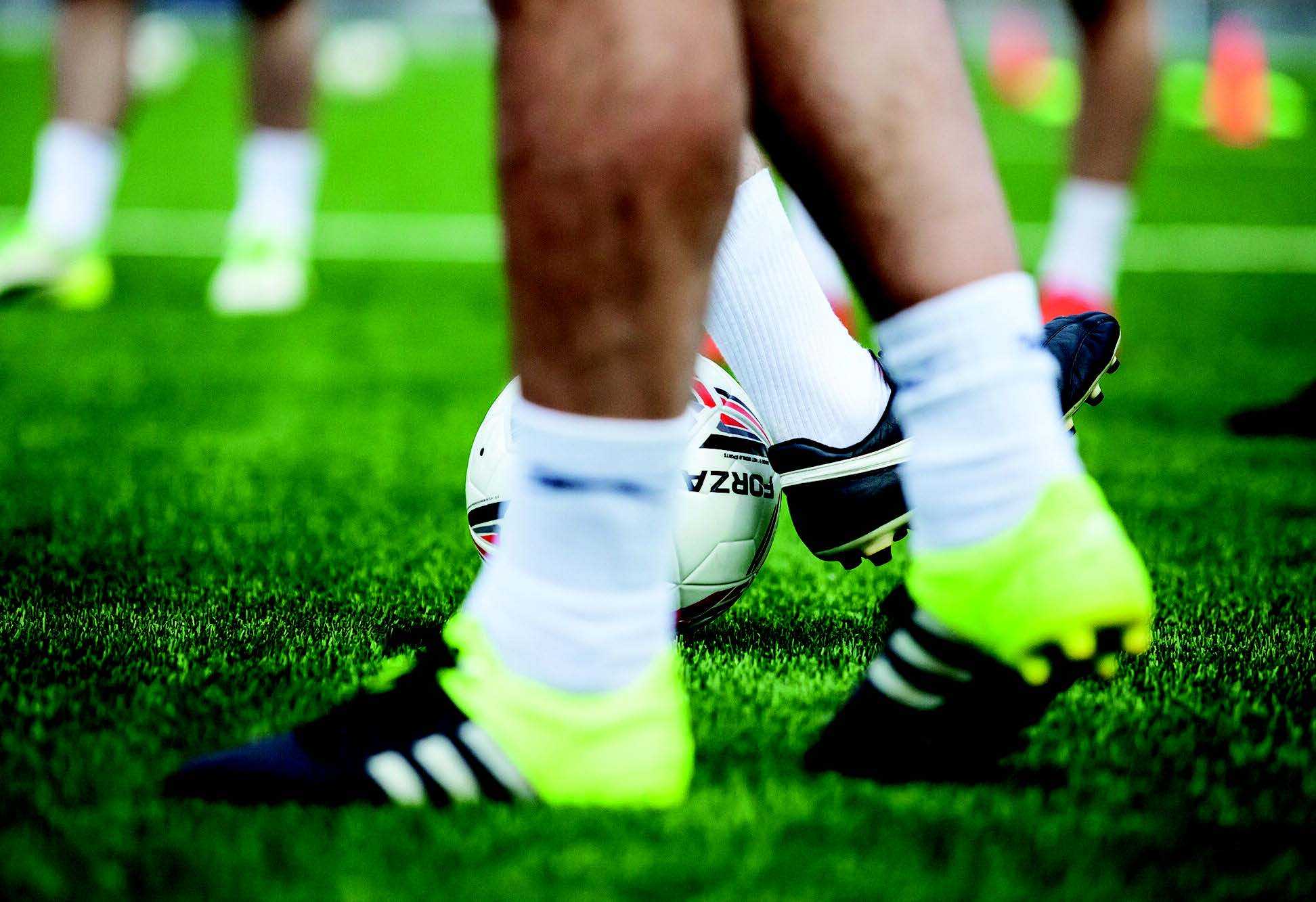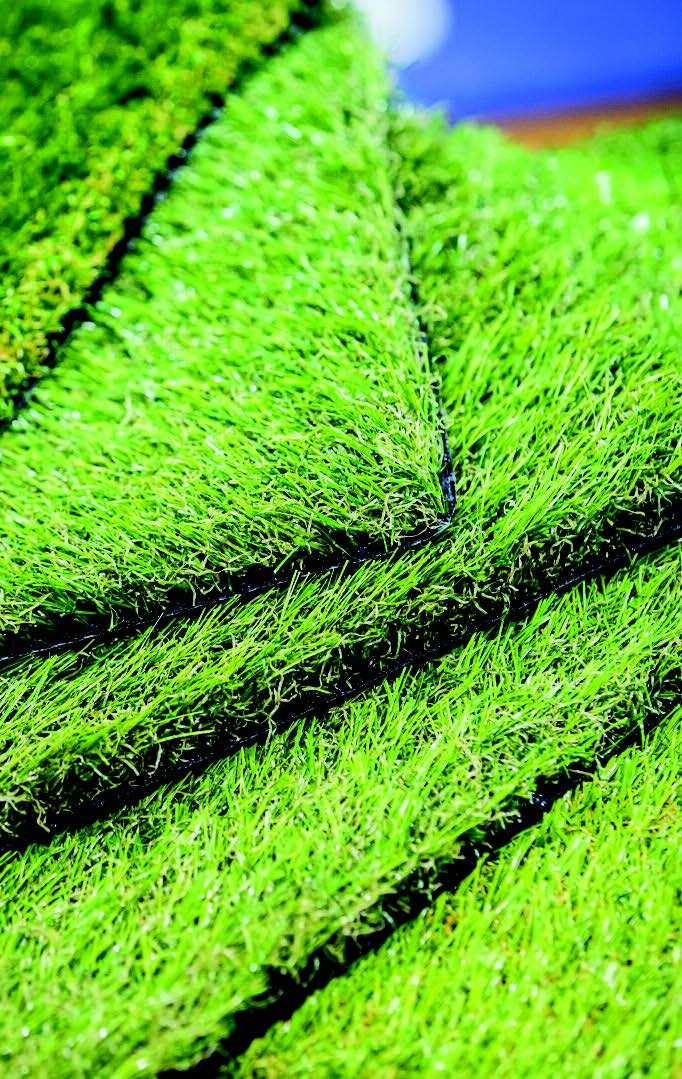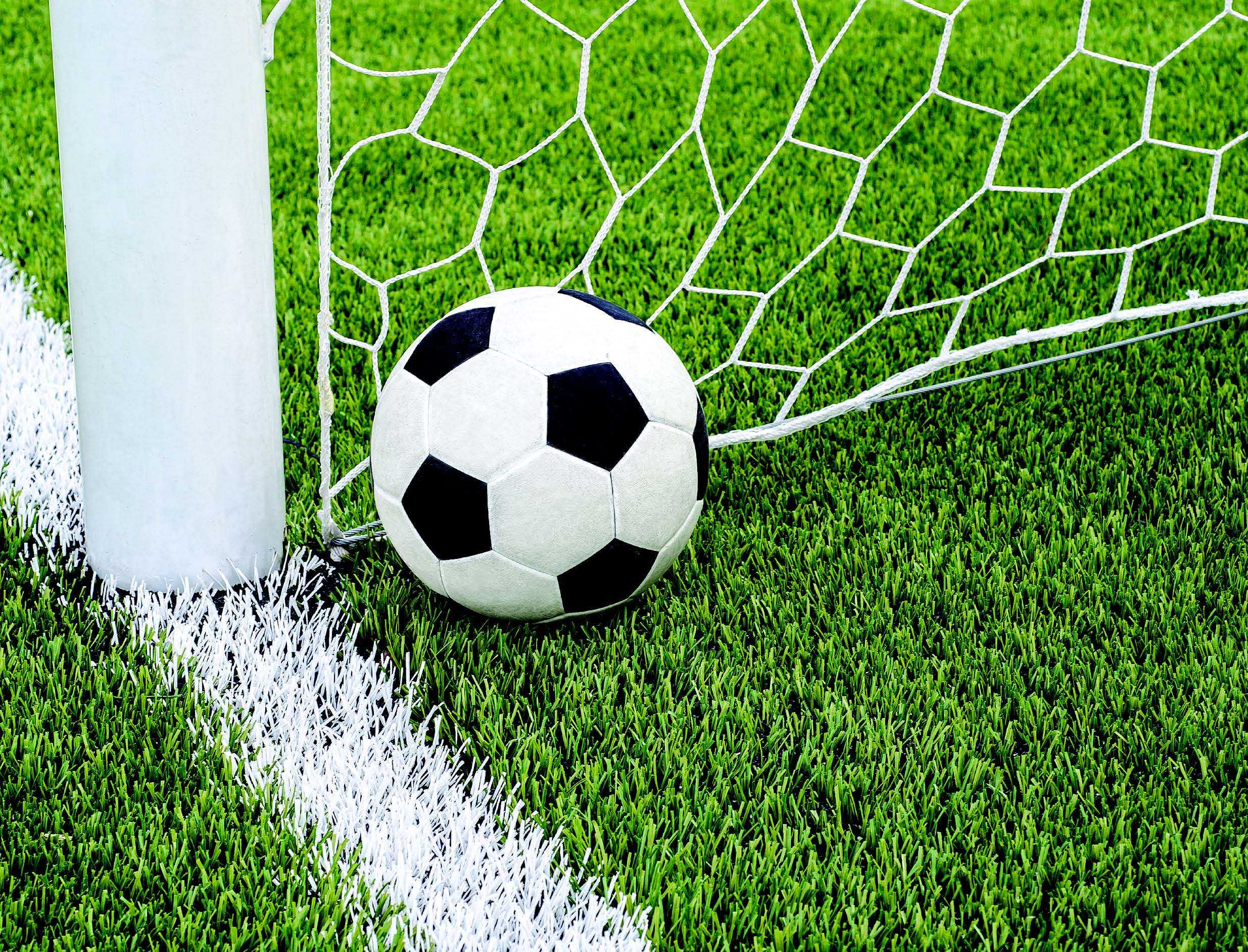
Crumb rubber is the material used as an infill on artificial turf pitches, some playgrounds and other surfaces. It may be made from recycled tyres but can also be made of other materials. Depending on the source of the material, the range and levels of various chemicals present may also vary.
Certain sorts of cancers like Hodgkin’s lymphoma and leukaemia have been reported in the US in female goalkeepers – a position where contact with the crumb is likely to be the greatest. Unfortunately, there are no large and well-designed epidemiology studies that currently tell us whether there is a link or not.
Are the concerns valid?
The chemicals present in crumb rubber contain polycyclic aromatic hydrocarbons (PAHs) - known cancer-causing substances and phthalates. Some of the chemicals are also known or suspected to be endocrine disruptors and to have reproductive and developmental effects. The PAHs have also been linked to immunological and cardio-vascular diseases.
So, the argument is not about whether they are toxic/hazardous, but whether they may be absorbed through the skin and abrasions, inhaled or ingested and, if so, at what level may or will they cause adverse effects.
If they are not taken up or taken up only at extremely low levels that cause no effect in humans, then we have no worries. This is where the debate now lies; will the chemicals in crumb rubber be taken up and will they affect us?
Limited research data
The US, which has weaker controls over PAHs in crumb rubber than us, reviewed the literature in 2016/17 and found there were big data gaps in our knowledge and flaws in past studies that suggested crumb rubber was safe to humans. They concluded we can’t say whether crumb rubber is or is not safe. Their current work won’t report until well into 2018/2019.
There has been only one very small biological uptake in humans study done since crumb rubber was introduced. This was done over a small number of days and small number of hours on a handful of adult male Dutch football players and so it cannot answer the question of health effects definitively.


Insufficient health checks on users of crumb rubber pitches
The health of some people who work with surfaces made from recycled tyres – such as manufacturers, suppliers, installers and maintainers – may be jeopardised due to inadequate monitoring, according to research done in our Faculty of Health Sciences and Sport.
Risks are maybe “downplayed” despite well-documented links between rubber production and landfill disposal of tyres and illness, and concerns about the health of sports people and others who use such surfaces.
The UK regulatory bodies responsible for health and safety are local authorities for private leisure facilities, and the Health and Safety Executive (HSE) for council-run sports facilities. The regulators did not conduct any checks on the exposure of professional and amateur sports people to dust and fumes when using 3G and 4G pitches. Nor had they apparently received any reports of such investigations.
The HSE, which also covers crumb rubber factories, conducted just two checks on occupational health issues of factories –involving noise and dust – in just five visits involving artificial crumb rubber surfaces over a 10-year period. However, many more safety visits occurred in that period. Since 2007, it has carried out no inspections, monitoring or enforcement action on chemicals (covered by EU regulations) present in crumb rubber and artificial turf.
A need for better and clearer information about hazards and risks
We hope that our research results in more frequent, independent scrutiny of the industry by HSE and of private leisure facilities by local authorities. We want the industry and regulators to increase and improve the information available to users along with more extensive health surveillance and monitoring.
The European Chemical Agency (ECHA) research found no reason to advise against playing on synthetic turf containing recycled rubber granules as infill material. What do you say to this?
The ECHA did state the above, but their report also produced recommendations including:
The Dutch government has asked ECHA to tighten the restrictions on PAHs. Why is this?
The Dutch government called for new restrictions on PAHs by the EU under REACH in crumb rubber for sports and playground use and there will be a public consultation exercise in 2018. It wants tighter controls on eight PAHs that on occasions exceeded the consumer standards for crumb rubber.
The UK needs to explain how, if at all, they will address the RIVM (Dutch public health agency) report caveat that some crumb rubber chemicals exceeded EU consumer products standards. The Dutch therefore proposed these PAH chemicals in pitches come closer to consumer standards. Will UK bodies support tighter regulation through REACH and other measures on these chemicals, as the Dutch government proposes?
What solutions do you recommend?
What should the industry be doing to ensure the health and safety of those playing on artificial grass pitches?
CASE STUDY
Cirencester Town FC opts for alternative infill
Cirencester Town Football Club is using a new type of infill, which has been designed by Murfitts Industries to answer the growing perception of risks to health and the environment from black rubber crumb artificial turf infill.
“Although there is no research consensus about the risks to health or the environment, we wanted people to enjoy participating in sport without worrying about the playing surface,” says Mark Mufitt, founder and managing director of Murfitts Industries.
The result of a year of research and development, PRO-gran is a Polymeric Infill that is engineered to offer the very best in performance and is safe for players and the environment, says Murfitt.
The infill combines the exceptional dynamic properties of rubber which is then coated in polyurethane to make it 100 per cent safe.
PRO-gran has been through a rigorous testing programme. Exceeding the EU’s toughest standards that are applied to toxicology and toy safety, it is 100 per cent safe for people and the environment, says Murfitt. It releases no heavy metals, PAHs (polycyclic aromatic hydrocarbons) or micro plastics.
The infill offers consistency of play, lower surface temperatures, no airborne particulates, almost no splash, effective drainage and no aroma. In addition it is long lasting - tests show that it will remain in perfect condition for over 12 years, well beyond the lifetime of a typical pitch.
Artificial turf: contested terrains for precautionary public health with particular reference to Europe? was published in the International Journal of Environmental Research and Public Health.